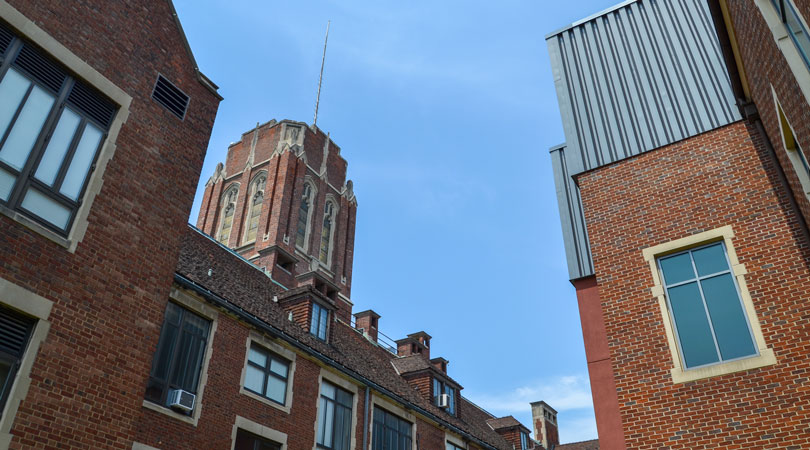The Founding
Grove City College was founded in 1876 as Pine Grove Normal Academy. The leaders of the school hired 22-year-old Isaac Ketler to serve as principal. The school was small but grew quickly under Ketler's leadership. The Academy soon began collegiate level coursework and received its charter to become Grove City College in 1884.
![]()
Our First President
While many local people made significant contributions to the establishment of Grove City College, the school was the dream and lifelong work of Isaac C. Ketler, the College’s first president. When Ketler became president, only 13 students were enrolled and by the turn of the century, the enrollment had grown to 660 students, the faculty was enlarged to 20 members, and the campus had increased to 40 acres with four substantial buildings.
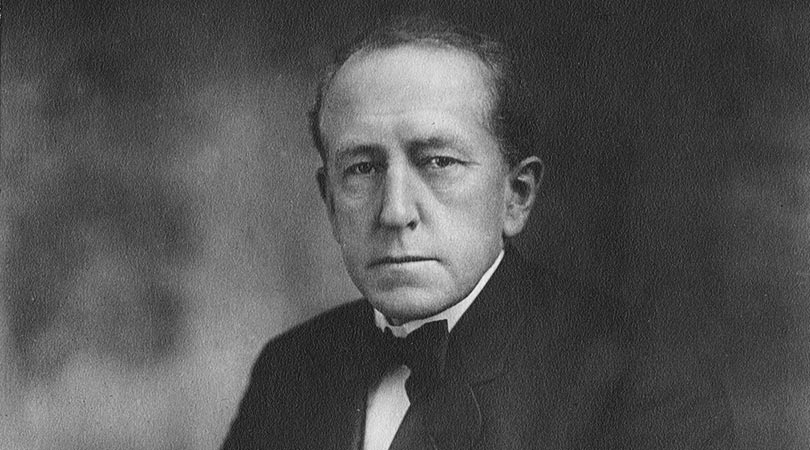
The Pew Partnership
Joseph Newton Pew, founder of the Sun Oil Line Company, was elected President of the Board of Trustees and gave generously to the College. He served as board president until his death in 1912.
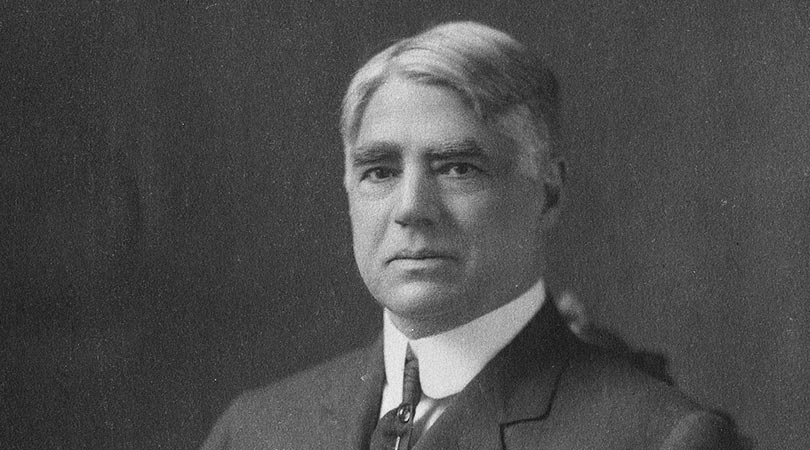
Focus on Academics
Dr. Alexander T. Ormond, the College’s second president, expanded faculty and revised the curriculum to become more competitive. He introduced Greek life to campus and created a hymnal for the College.
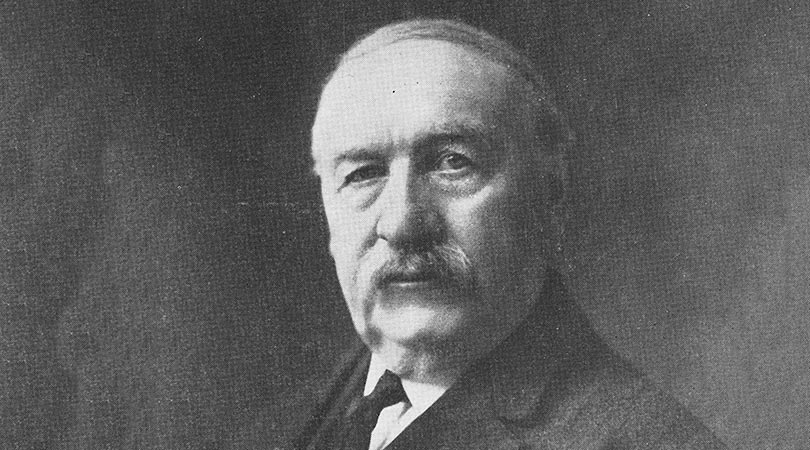
Surviving National Crisis
Dr. Weir Ketler '08 was welcomed as the third president of Grove City College. He was a product of the school, a familiar and beloved professor and coach. During his tenure, Ketler led the College through extremely difficult times for our country: an economic depression and two world wars. During World War II, enrollment dropped more than 50%, but the College responded by operating several defense training programs for the government, making it possible for the school to survive.
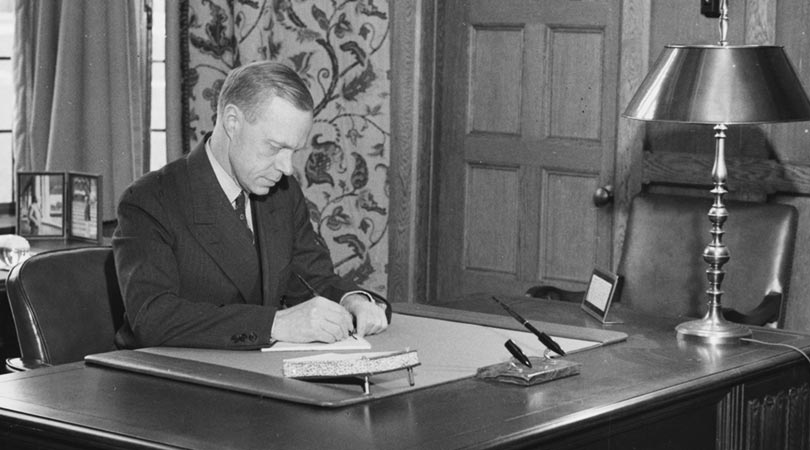
Time of Expansion
Dr. J. Stanley Harker '25, a Presbyterian minister, returned to his alma mater in 1956 to become Grove City College's fourth president. The student body grew from 1,200 to 2,050 and the number of faculty increased from 80 to 120. The curriculum underwent extensive revision, the number of books in the library more than doubled, and eight buildings and several additions were constructed. Homecoming, Parents' Day, and the sports program were expanded, and greater emphasis was placed on alumni and public relations.
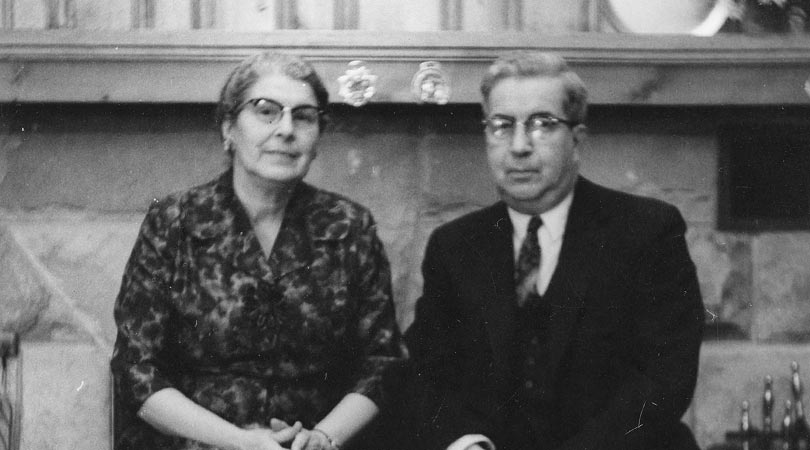
Keystone Curriculum
Dr. Charles Sherrard MacKenzie was a newcomer to the College in 1971. During his term there was an increased emphasis on religious life on campus and three major buildings were constructed: Mary Ethel Pew Dormitory, J. Howard Pew Fine Arts Center, and the Weir C. Ketler Technological Learning Center. Perhaps the most significant change was the introduction of the Keystone Curriculum, which consisted of four courses required of all students, providing a common grounding in the liberal arts tradition.
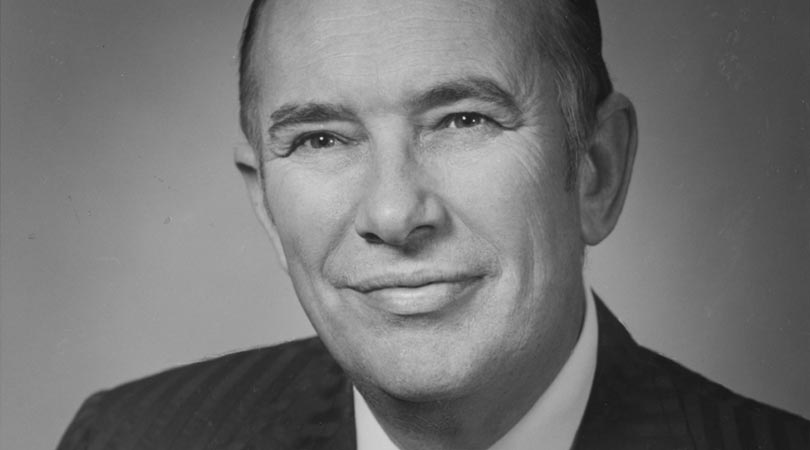
Title IX Challenge
In 1977 the College went to the Supreme Court over Title IX requirements. Availability of student federal financial aid had become the target of the government as a means to assert control over certain aspects of the College. In the end, Grove City College did not accept Pell Grants from students thereby making it a truly independent institution.
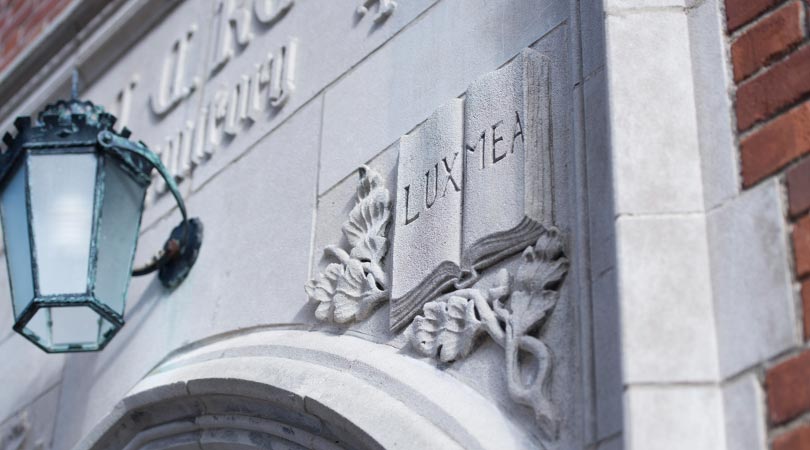
National Recognition
At the time of Dr. MacKenzie's retirement, Dr. Jerry H. Combee was promoted to president from the position of academic dean at the College. Combee was instrumental in moving the College into a position of national prominence through an expanded marketing and public relations program. He placed great importance on improved relationships between the College and the community.
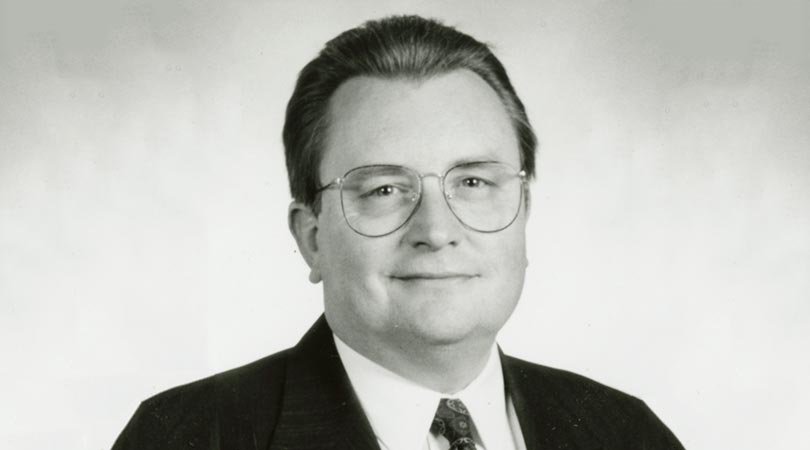
The Moore Era Legacy
Dr. John H. Moore came to Grove City College in June 1996 with an extensive resume and left a profound legacy of excellence and service. In October 1996, Moore led the College through its withdrawal from federal student loan programs, which completed the College’s break from government oversight and regulation. An experienced international educator, Moore encouraged the College to prepare students for Rhodes and Fulbright Scholarships, and he instituted student exchanges to Japan and South Korea. He kept the College at the forefront of technology, and he and his wife, Sue, were instrumental in the design of the College’s 125th Anniversary Celebration in 2001.
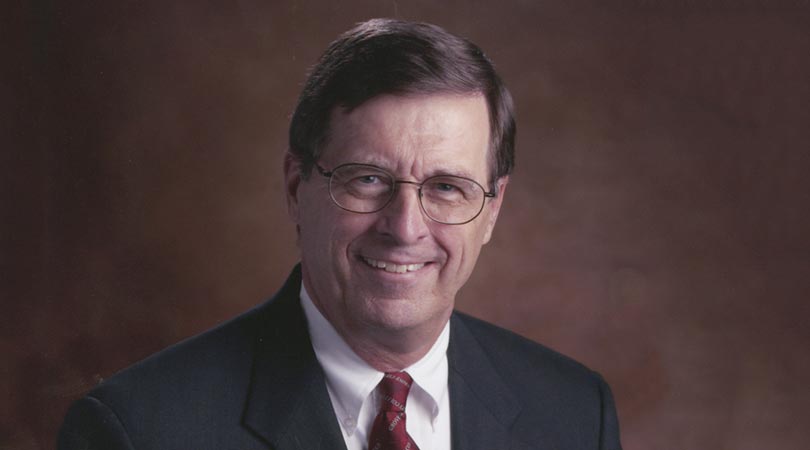
Federal Student Loan Program Withdrawal
The U.S. Department of Education insisted that the College sign a complex participation agreement that would expose Grove City College to extensive regulations and require the disclosure of the College's financial reports. The College had no choice but to withdraw from the federal loan program and forbid its students from using Stafford/PLUS loans. To do otherwise would have ultimately resulted in federal control of the management of the College through regulations and other means.
![]()
The Hopeman School
The School of Science, Engineering, and Mathematics was dedicated in honor of Albert A. Hopeman Jr., who selflessly served for 44 years on the Grove City College Board of Trustees.
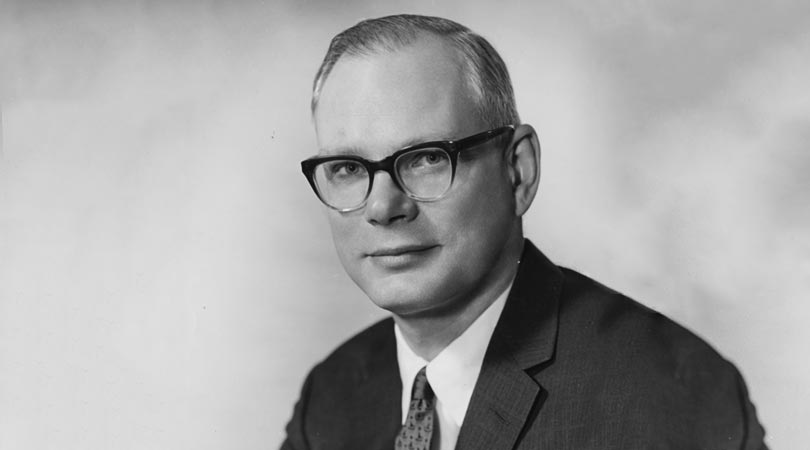
Change & Commitment Campaign
President Moore launches the $60 million 'Change & Commitment' Campaign, marking the College’s first capital campaign in history. During this campaign, donor participation among the College’s 23,000 alumni grew by more than 55%.
The Hall of Arts and Letters and the Breen Student Union were constructed and a $4.5 million expansion of the J. Howard Pew Fine Arts Center were completed. In addition, a planned multi-million dollar renovation and expansion of the Carnegie Alumni Center was completed, and the campaign added $26 million to endowment earmarked for scholarship aid.
![]()
The Calderwood School
The School of Arts and Letters was dedicated in honor of Dr. Alva J. Calderwood, an esteemed professor for 53 years and Dean of the College for 35 years.
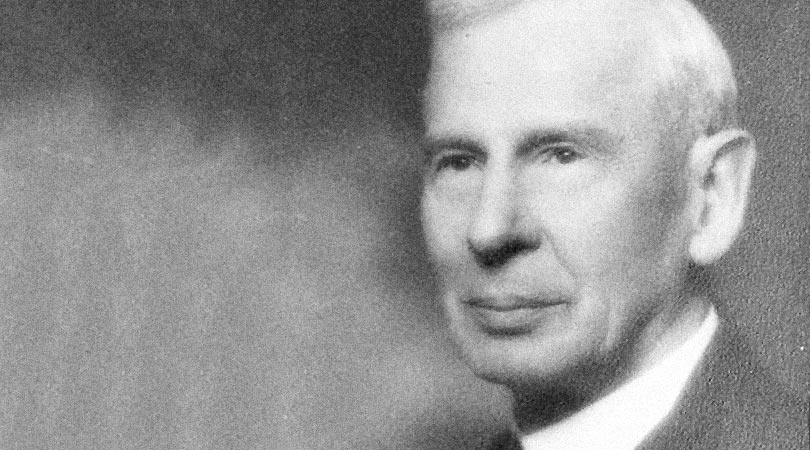
A Renaissance
Under the leadership of Dr. Richard G. Jewell '67, the College grew physically, academically, and spiritually. Jewell saw the campus through the construction of Breen Student Union, Colonial Hall Apartments, Rathburn Hall, and STEM Hall, along with major renovations and significant upgrades to additional campus buildings. Jewell started and ended his term of office in the midst of massive capital campaign undertakings. The first campaign raised a record-breaking $69 million, the most ever for the College at the time. And the second, Grove City Matters: A Campaign to Advance Grove City College, shattered that record by generating over $90 million through the generosity of thousands of supporters, alumni and friends.
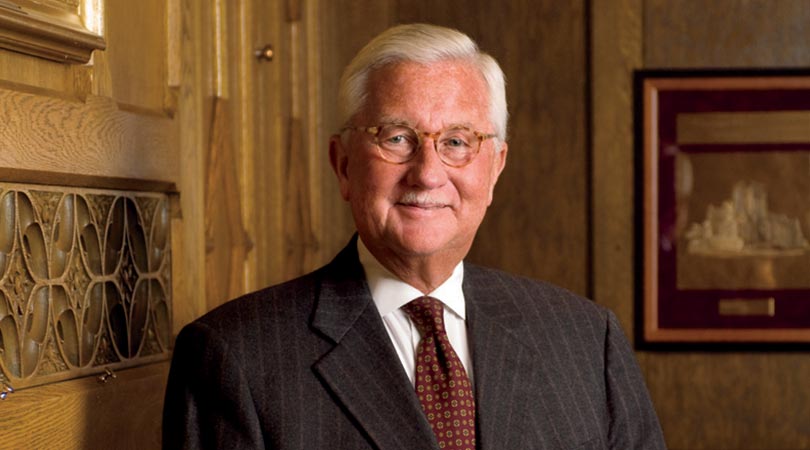
The Call for Student Scholarships
In May 2011, Grove City College's $90 million capital campaign, focusing on providing more student scholarships, updating the science, engineering, and mathematics buildings, and constructing a Christian activities building to house conferences, offices, and student groups continued with an increased emphasis on merit and need-based scholarships.
![]()
Vision, Mission, and Values
Paul J. McNulty ’80 is named Grove City College’s ninth president. The former U.S. Deputy Attorney General and College Trustee is the fourth alumnus to serve his alma mater. Strategic plans developed with his leadership codified the institution’s core values – faithfulness, excellence, community, stewardship, and independence – and clarified its vision and mission to carry the College from strength to strength.
Under President McNulty, the College established the Charles Jr. & Betty Johnson School of Nursing in 2019 and the School of Business in 2022, completed a complete makeover of Henry Buhl Library, and focused on the quality of student life and athletics.
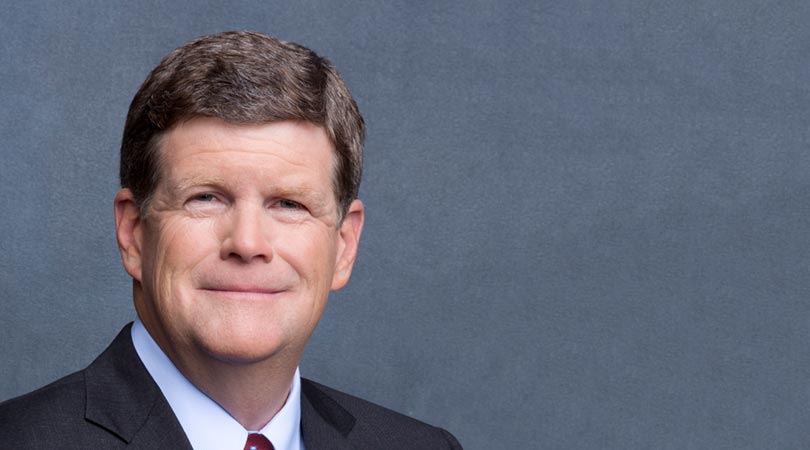
Impact 150
Impact 150: The Anniversary Campaign for Grove City College is launched. The $185 million, fundraising and investment campaign is focused on increasing financial aid and scholarships, improving facilities with the renovation of the Hall of Science, construction of a new fieldhouse, residence hall upgrades, and other investment priorities. The multi-year effort coincides with the lead up to the College’s 150th anniversary in 2026.
